[/caption]
Over the weekend, NASA engineers will conduct additional tests to determine if Discovery can launch “as is” or have to be rolled back for repairs — which would mean a three-month delay for the STS-131 mission. Helium regulator assemblies downstream from a failed isolation valve in the shuttle’s right rear maneuvering engine pod must work perfectly to provide a system redundancy that would justify proceeding with the flight. If they don’t, then the regulator assemblies and the valve would need to be repaired or replaced, and neither can be done at the launchpad – meaning Discovery would have to be rolled back to the Vehicle Assembly Building, de-mated from the SRBs and external tank, and sent to the Orbiter Processing Facility for repairs. But if the regulators check out, and no other problems arise, mission managers could give the ‘go’ to launch Discovery as is on April 5, 2010.
Today on the launchpad, said NASA Payload Manager Joe Delai was optimistic about the tests. “It’s looking good,” he said. “They will do a test on Saturday to make sure the two valves farther down the line work, and if that looks good, we’ll put the payload on board.”
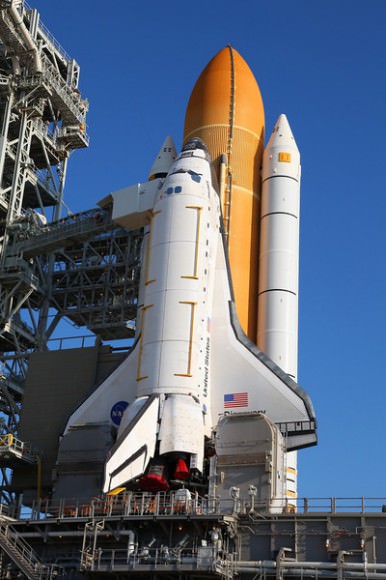
Engineers will evaluate the data and discuss options at a readiness review Tuesday morning.
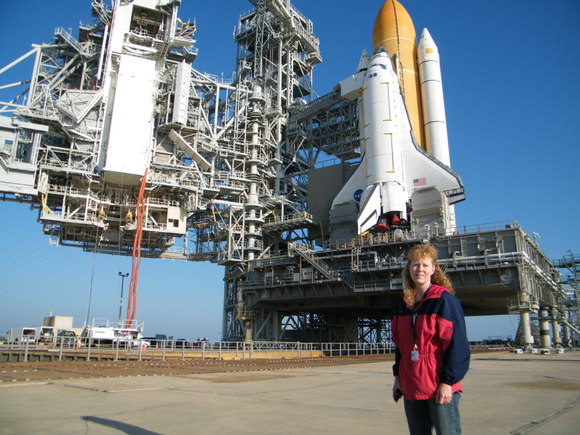
In anticipation of a good report on the regulator tests, the canister carrying the payload for Discovery’s STS-131 mission to the International Space Station was brought to Launch Pad 39A early on March 19. Later, reporters were allowed an unusual visit right on the pad and close to Discovery to see the work in progress and talk with Delai and Boeing payload flow manager, Mike Kinslow.
Enjoy these great close-up images by Universe Today photographer Alan Walters of Discovery on the on launchpad, with the Rotating Service Structure rolled back, allowing a view of the payload canister.
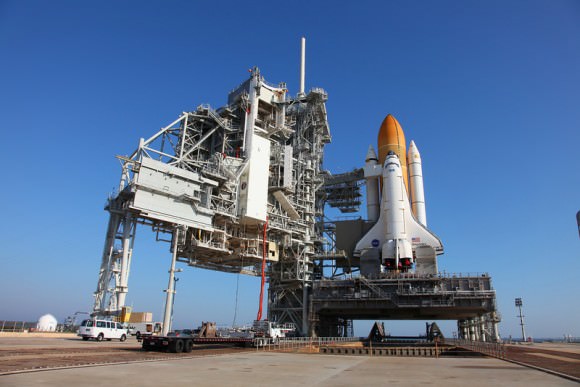
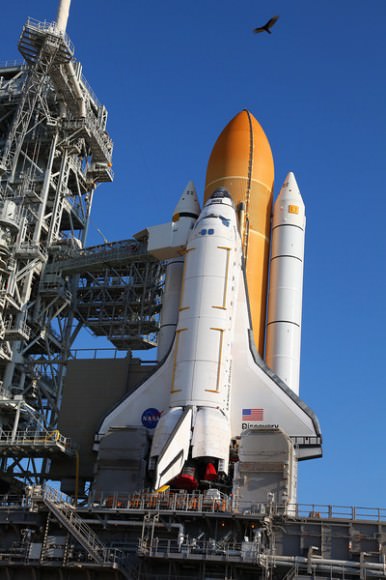
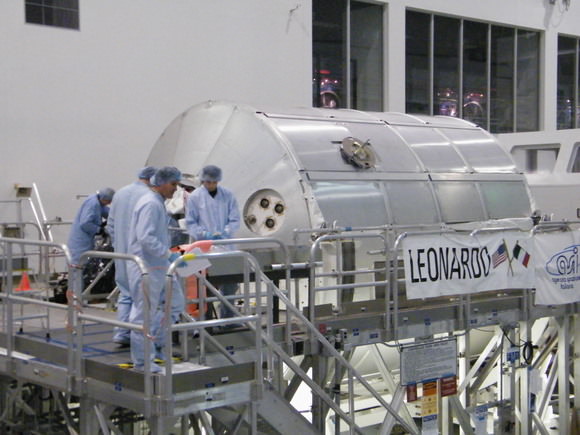
STS-131 will be a three-spacewalk space station assembly and resupply mission. The Leonard Multi-purpose Logistics Module that will be installed in Discovery’s payload bay will bring up 5,000 kg (11,000 lbs) of food, water, clothes, parts, science experiments, supply units for the oxygen generation system, and five science utilization racks.
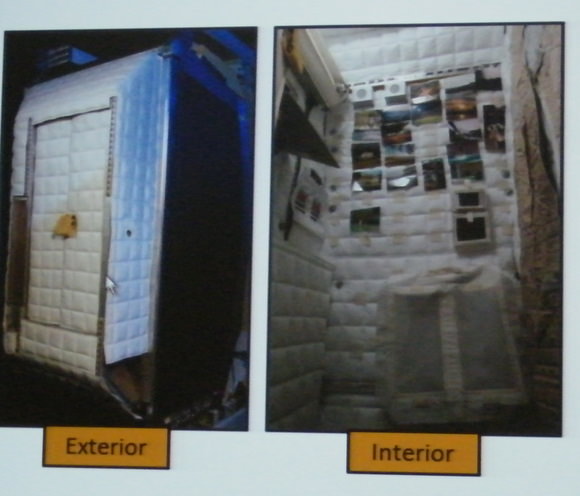
Other very interesting additions to the ISS on this flight include: , the fourth crew sleep station (CQ4)– which is a phone booth-like small crew quarters, the MARES (Muscle Atrophy Research and Exercise System) – which Delai compared to a Bowflex for the ISS crew, a new Minus Eighty-degree Laboratory Freezer for ISS (MELFI) which will be used to support science experiments, and a “dark room” for photography called WORF – Window Observational Research Facility, allowing for better images to be taken from the observation window in the US lab Destiny.

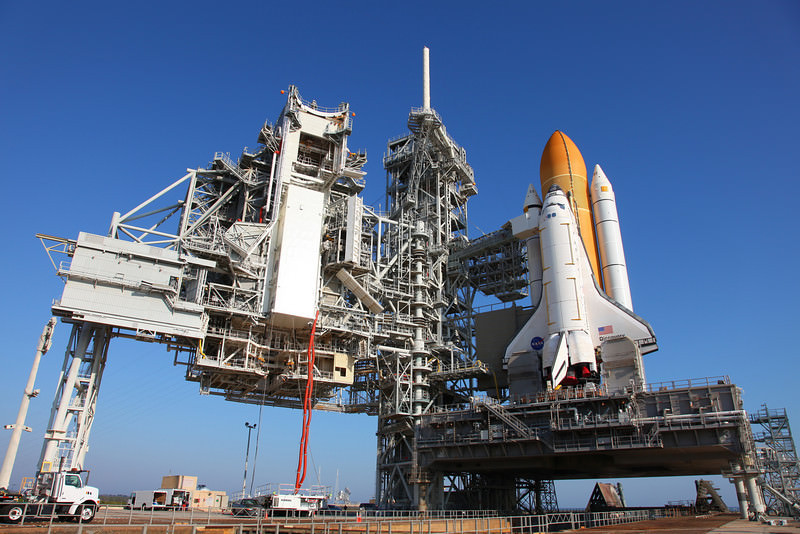
GO Discovery!
The “bird soaring overhead” looks like a Turkey Vulture looking for something to scavenge. Hopefully, he’s not going to find any failed regulators or valves to scrounge after. Shooo bird!